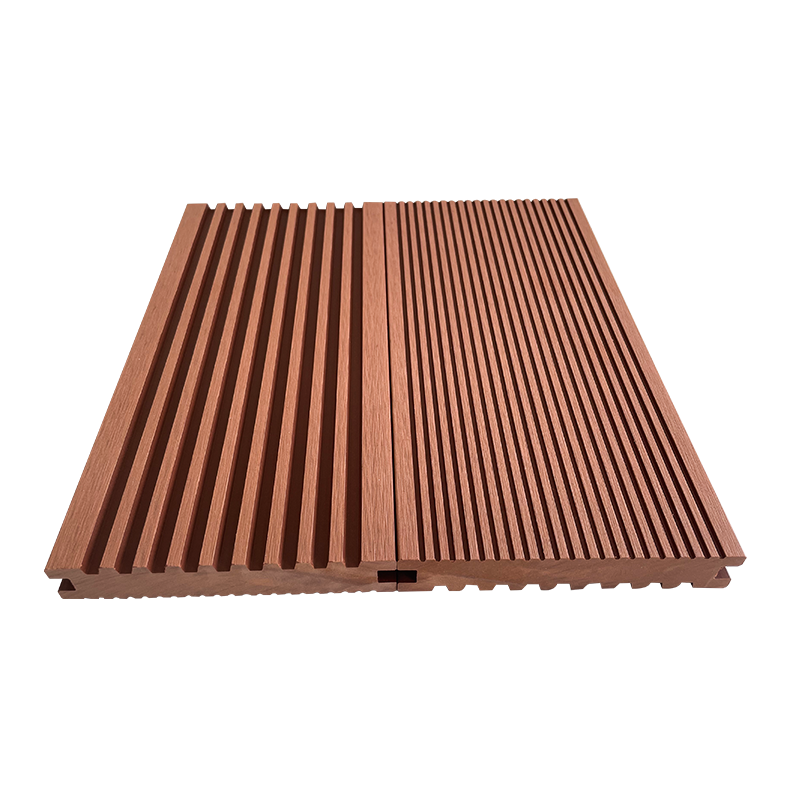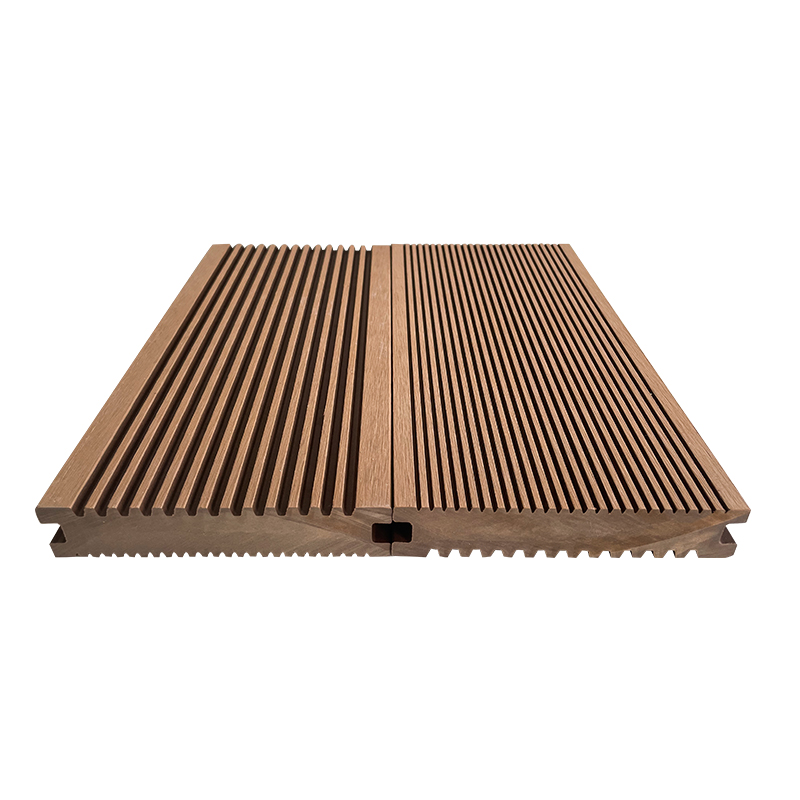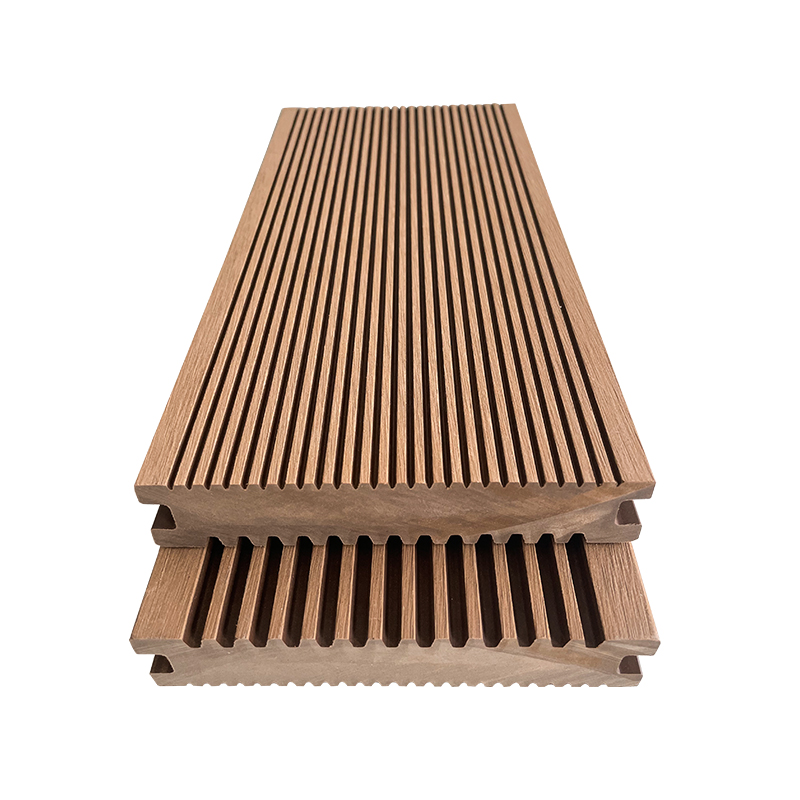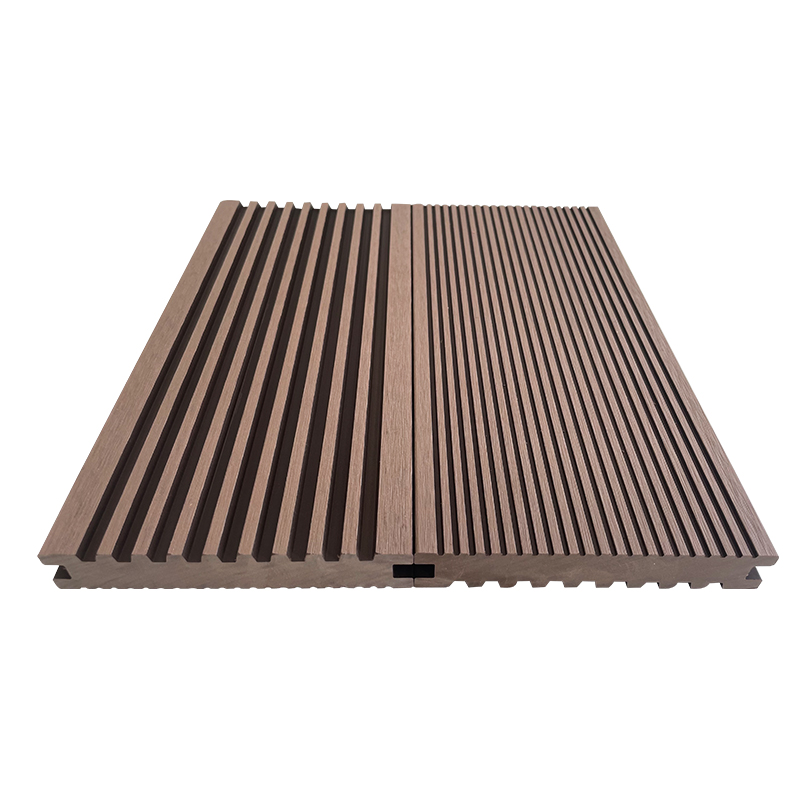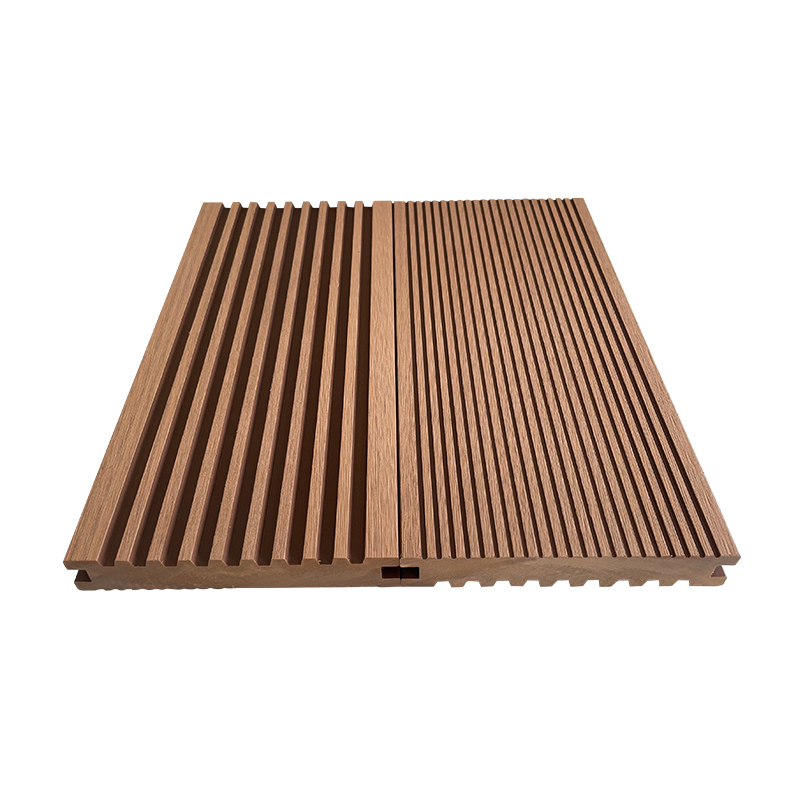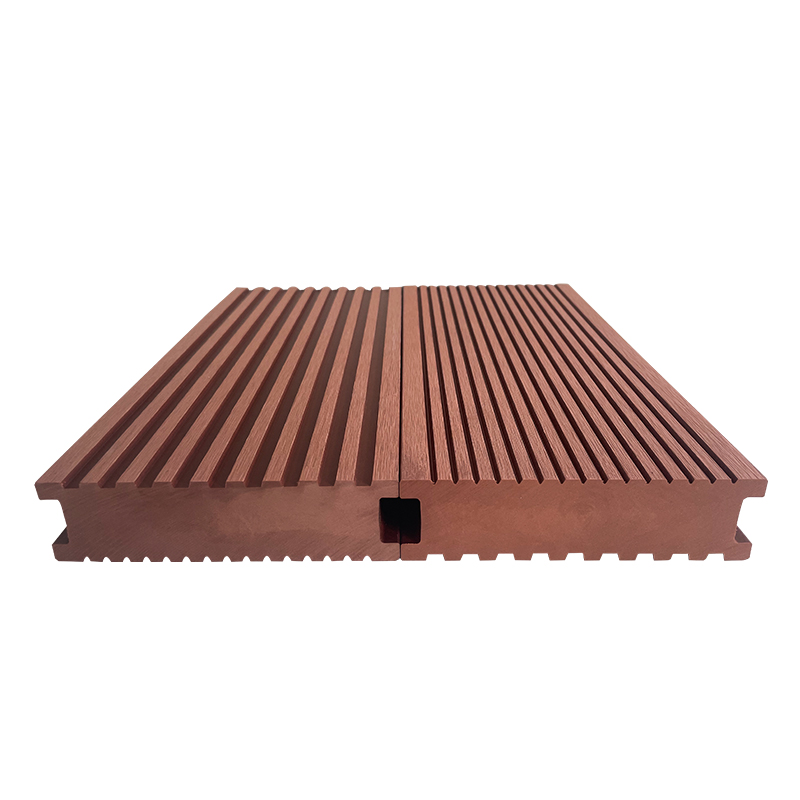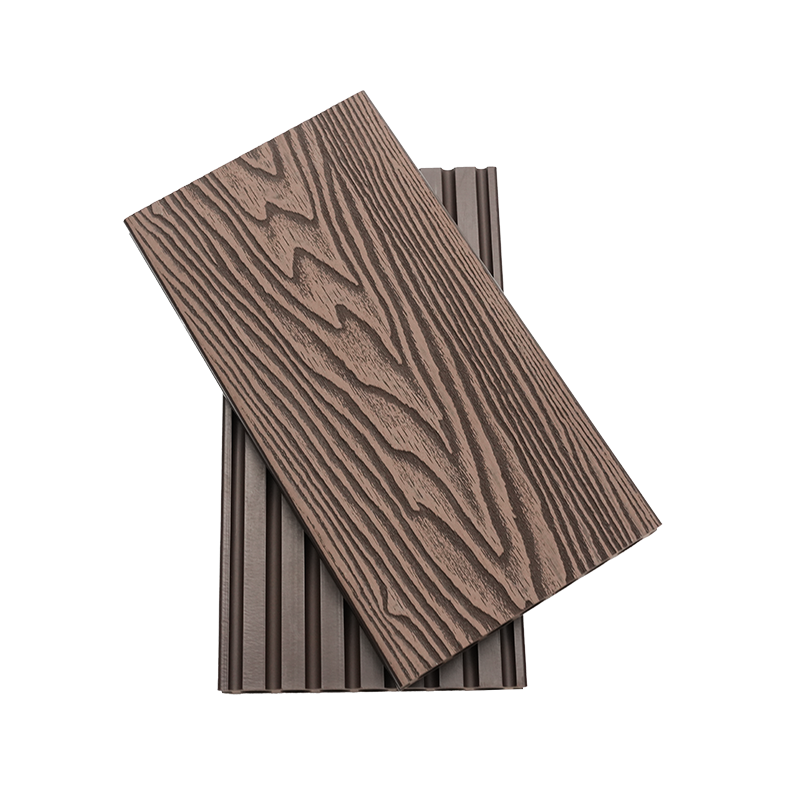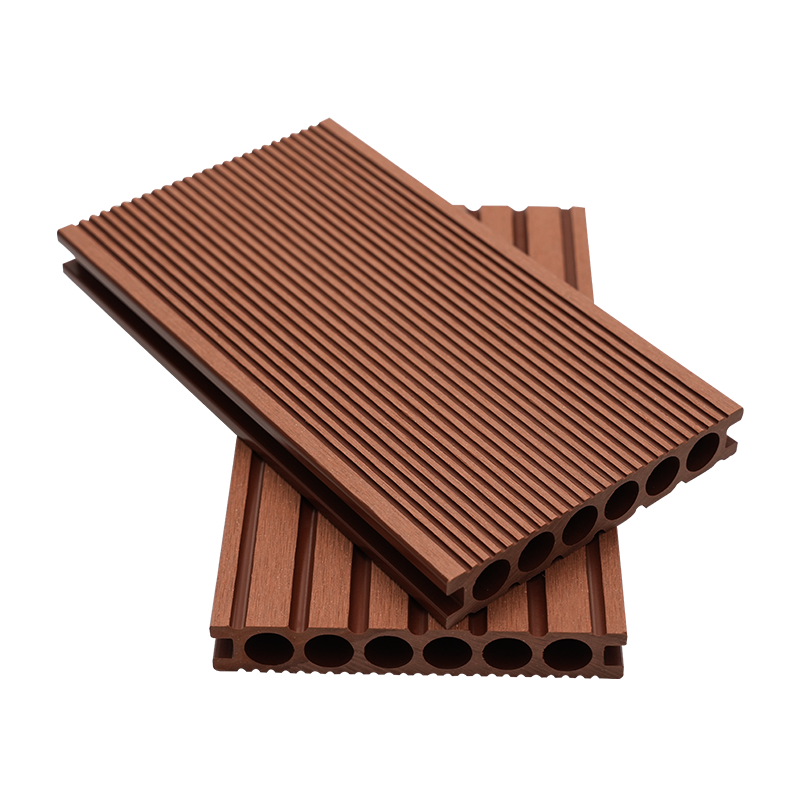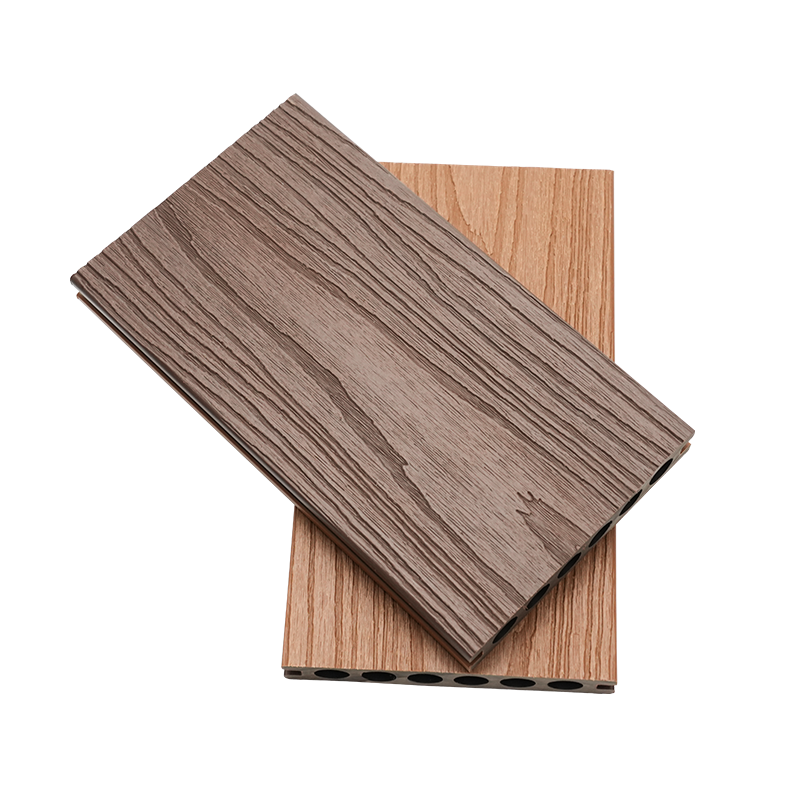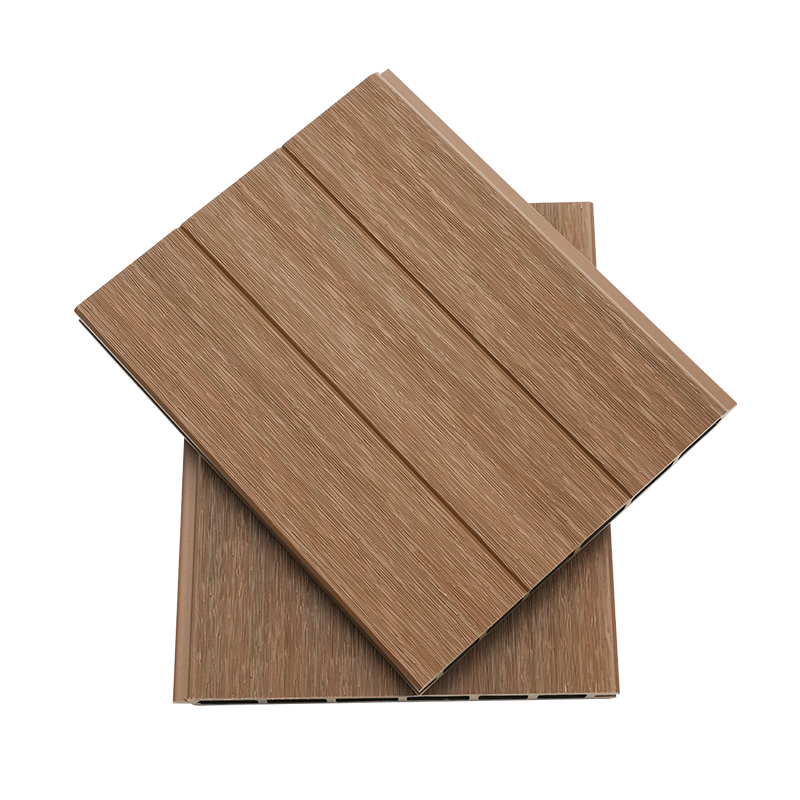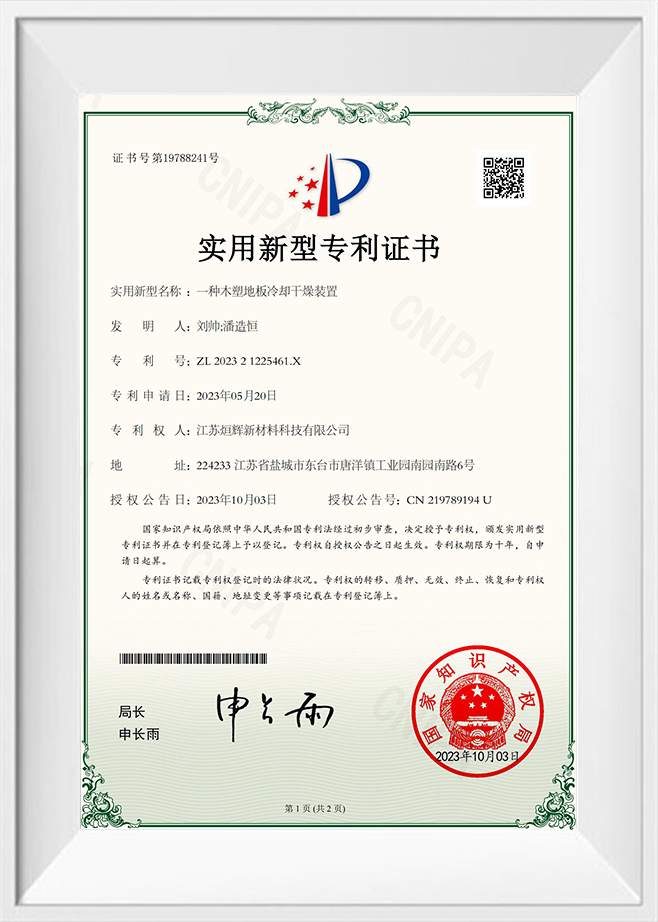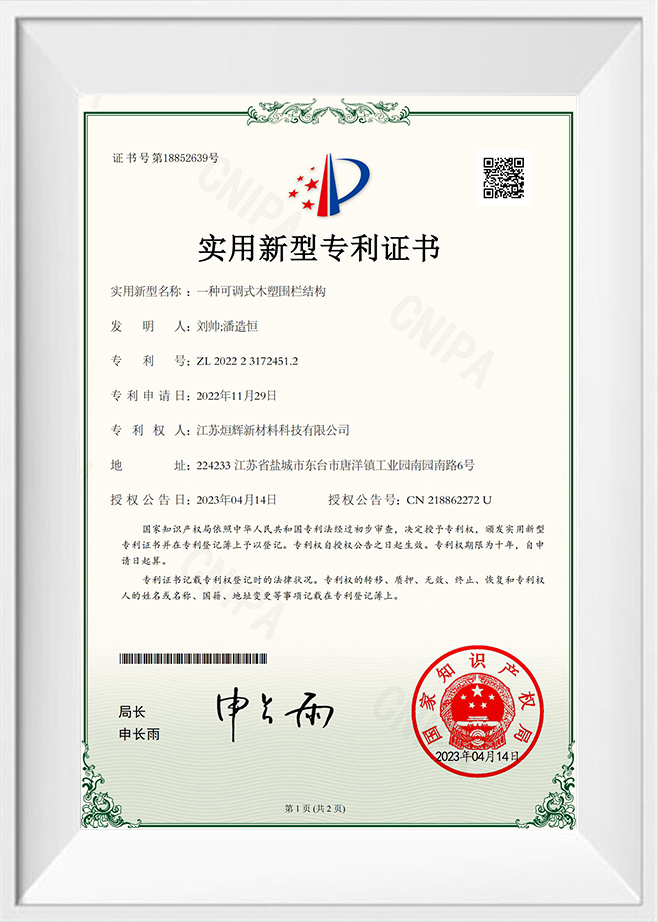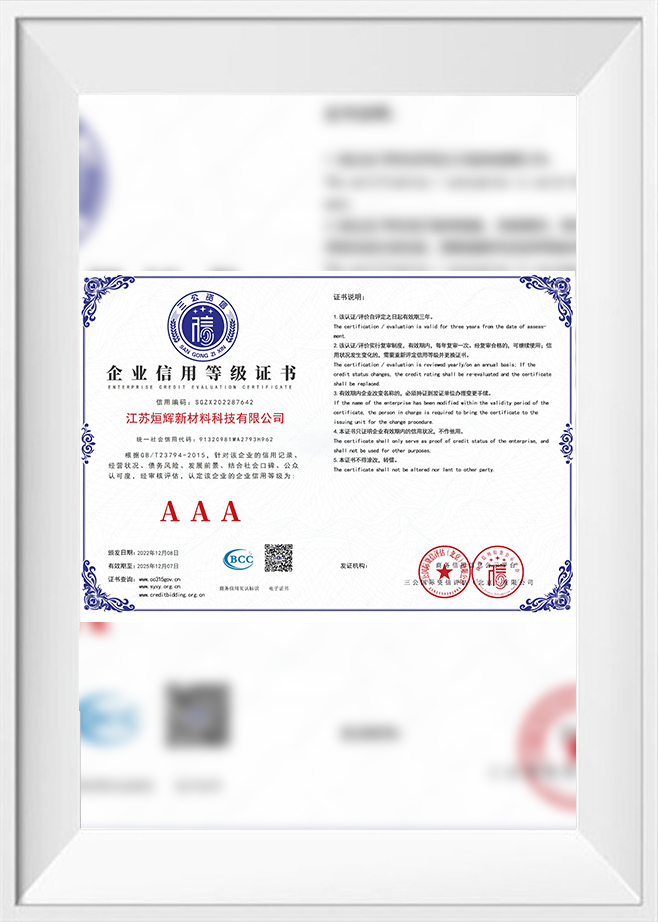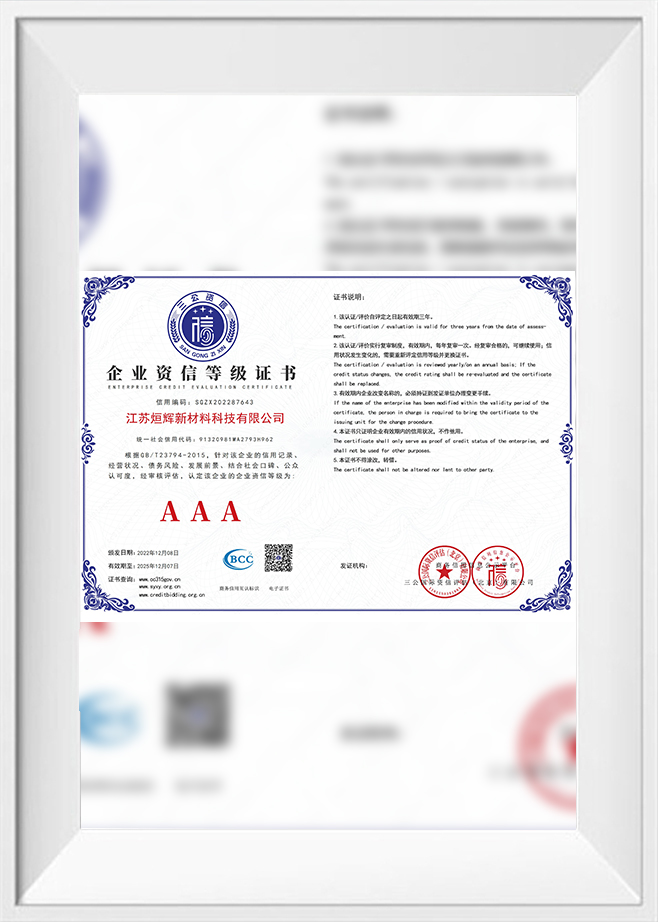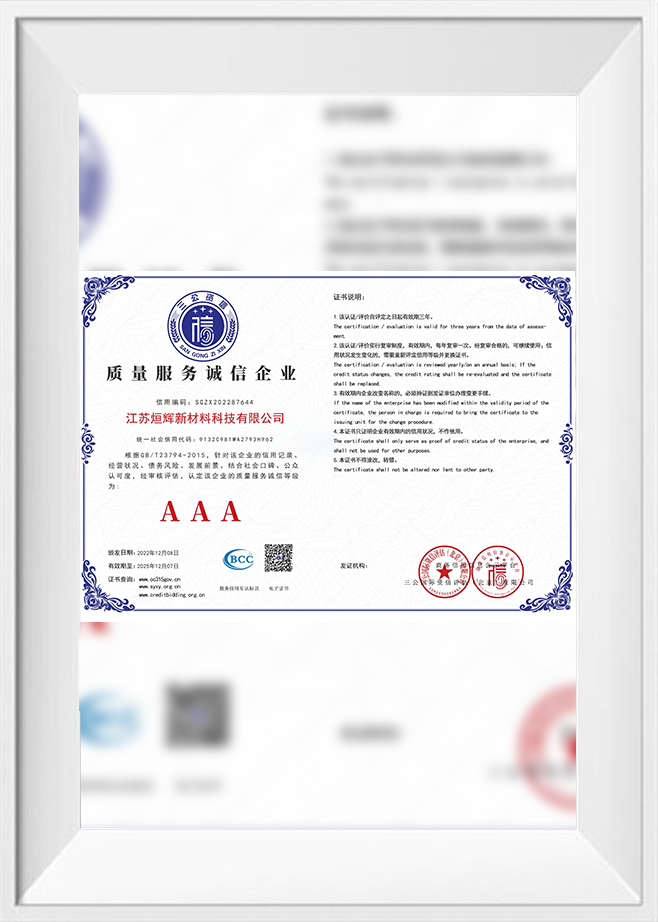What Makes Outdoor Solid Wood Plastic Decking the Future of Sustainable Outdoor Living?
Understanding the Concept
Outdoor solid wood plastic decking represents a new generation of composite material that combines natural wood fibers with high-performance plastics. Unlike timber, which is vulnerable to decay, warping, and insects, this decking solution is engineered for stability and long service life. Its dense solid-core structure makes it particularly suitable for gardens, balconies, swimming pool surroundings, and public infrastructure projects where strength and safety are essential.
The Science of Composite Materials
At the heart of this material lies advanced material science. Finely ground wood fibers such as sawdust or bamboo are mixed with polyethylene (PE) or polypropylene (PP) under controlled conditions. The extrusion process creates boards that deliver:
- Natural rigidity and appearance from the wood fibers.
- Moisture and weather resistance from the polymer component.
- Improved aesthetics and durability from UV stabilizers, antioxidants, and pigments.
This combination not only addresses timber’s weaknesses but also minimizes plastic’s environmental drawbacks.
Performance Advantages in Real Use
Solid WPC boards stand out for their durability and safety features:
- Waterproof Properties: Resistant to rot and mold, even in humid climates.
- Slip-Resistant Surfaces: Grooved or textured finishes reduce accident risks.
- UV Protection: Built-in additives limit fading and cracking caused by sunlight.
- Structural Load Capacity: The dense, solid design supports heavy use in residential and commercial settings.
- Low Maintenance: A simple rinse or occasional cleaning is enough to keep them looking new.
These features make composite planks ideal for family-friendly decks, resorts, and public spaces where reliability is critical.
Environmental Sustainability
Eco-consciousness is one of the strongest selling points of this decking material. Its sustainability profile includes:
- Use of Recycled Inputs: Diverts plastics and wood fibers from landfills.
- Forest Preservation: Reduces reliance on logging for virgin timber.
- Extended Lifecycle: Long-lasting durability lowers the frequency of replacements.
- Recyclability: Boards can often be reprocessed into new products at the end of their life.
These qualities make it a clear fit for green building certifications and sustainable construction initiatives.
Applications Across Outdoor Living
Composite decking is now widely adopted across diverse projects:
- Private Homes: Patios, gardens, and terraces benefit from warm aesthetics with minimal upkeep.
- Poolsides: Slip resistance and water protection improve safety around swimming areas.
- Hospitality Venues: Hotels and resorts use it to cut maintenance costs and maintain luxury appearances.
- Urban Infrastructure: Walkways, piers, and pedestrian bridges take advantage of its load-bearing capacity and resilience.
Such versatility proves its role in reshaping outdoor architecture.
Current Challenges and Future Innovation
Although highly effective, this category of eco-friendly decking still faces challenges such as thermal expansion, surface scratches, and production costs. To address them, manufacturers are pursuing:
- Co-extrusion Caps: Polymer shells that protect against stains, scratches, and color loss.
- Fire-Resistant Formulas: Meeting stricter safety codes in urban construction.
- Advanced Recycling: Better processing of reclaimed plastics for consistent quality.
- Bio-Based Alternatives: Experimenting with biodegradable or plant-based polymers.
These innovations will further strengthen the long-term viability of composite decking.
Industry Contribution and Global Outlook
The global market for sustainable decking is expanding steadily, fueled by urbanization and consumer demand for low-maintenance solutions. Research-driven companies such as Jiangsu Xuanhui New Material Technology Co., Ltd. play a pivotal role by refining extrusion technology, enhancing durability, and exploring sustainable production methods. Their contributions highlight how industrial expertise drives both product performance and environmental responsibility.
Conclusion: Why It Matters
Outdoor solid wood plastic decking is more than just a building material—it represents a shift in how we design sustainable, safe, and beautiful outdoor environments. With its blend of natural aesthetics, structural reliability, and ecological benefits, it is becoming the preferred choice for architects, homeowners, and city planners.
As innovation continues, solid WPC boards will not only replace traditional timber but also lead the way in shaping eco-friendly outdoor living spaces worldwide.


 English
English Español
Español عربى
عربى

